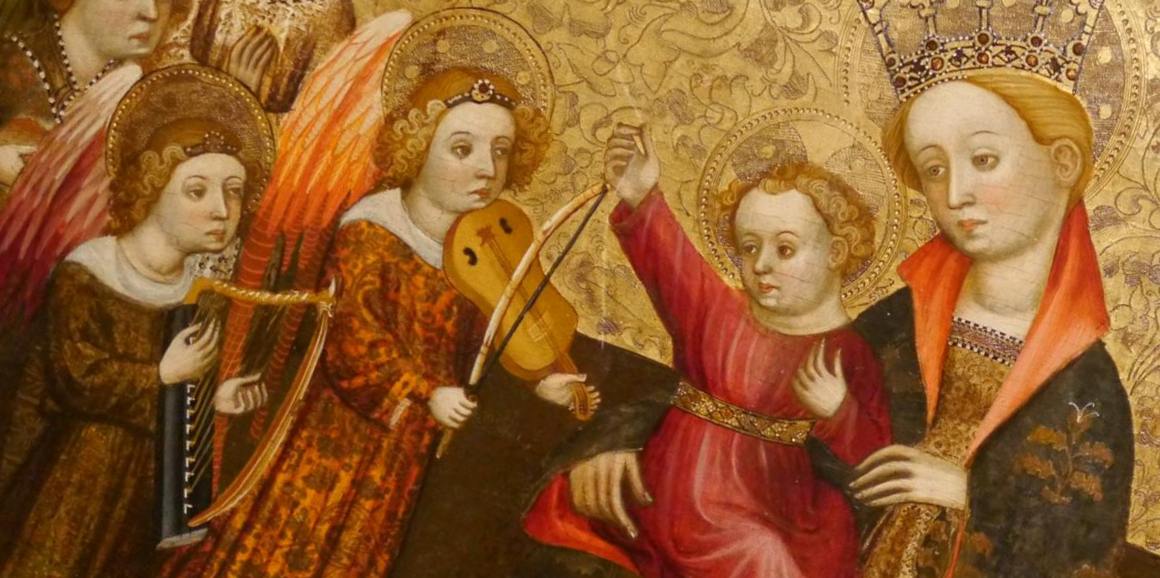 One of the earliest extant pieces of English instrumental music has survived with the 13th–14th century manuscript, Douce 139, now in the Bodleian Library, Oxford. It is exciting in its musical drive and complexity, but interpretation of the neume notation has its problems, leaving us to make judgements about intention. The music is untitled, and is often named Estampie or English Dance in modern sources.
One of the earliest extant pieces of English instrumental music has survived with the 13th–14th century manuscript, Douce 139, now in the Bodleian Library, Oxford. It is exciting in its musical drive and complexity, but interpretation of the neume notation has its problems, leaving us to make judgements about intention. The music is untitled, and is often named Estampie or English Dance in modern sources.
This article works through the puzzles to gain performable answers. What is an estampie? Is the Douce 139 piece an estampie? Was the estampie really a dance? How can the musical problems left by the scribe’s imperfect notation be reconciled? This article looks for historically informed solutions, with a video of the music played on citole.
This is a revised version of an article first published in February 2019, with a more detailed analysis of the music and a new performance video.




